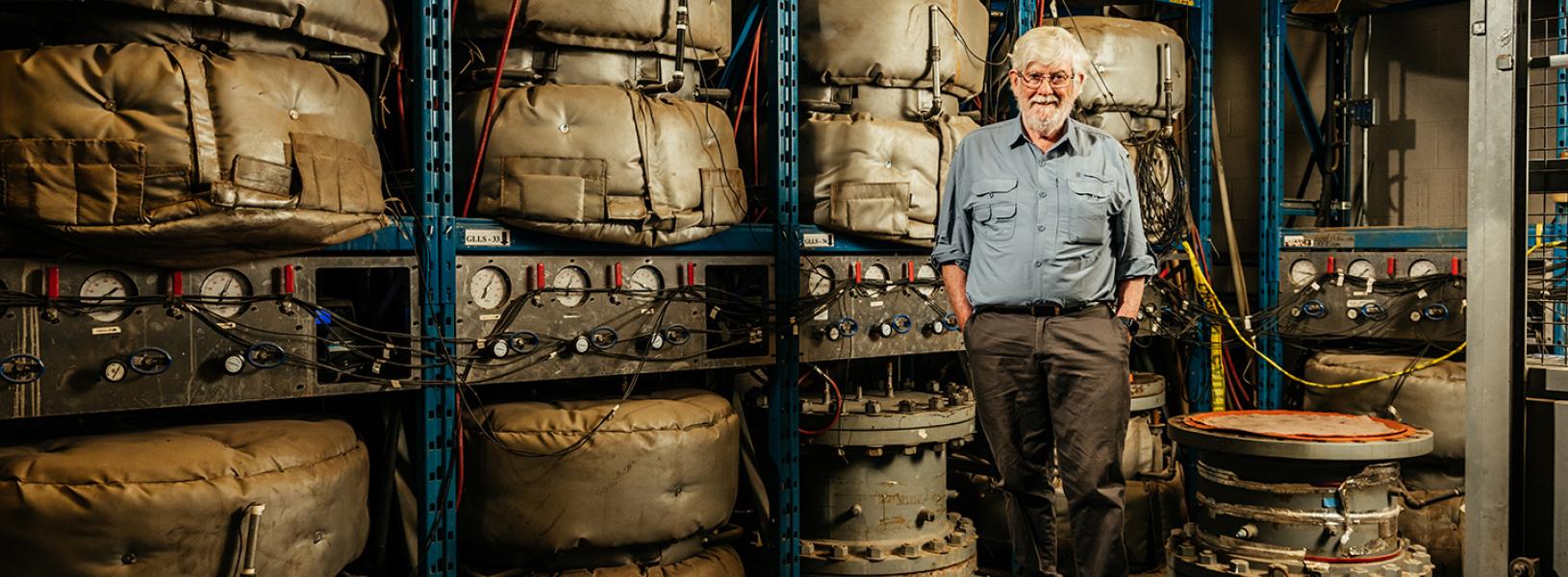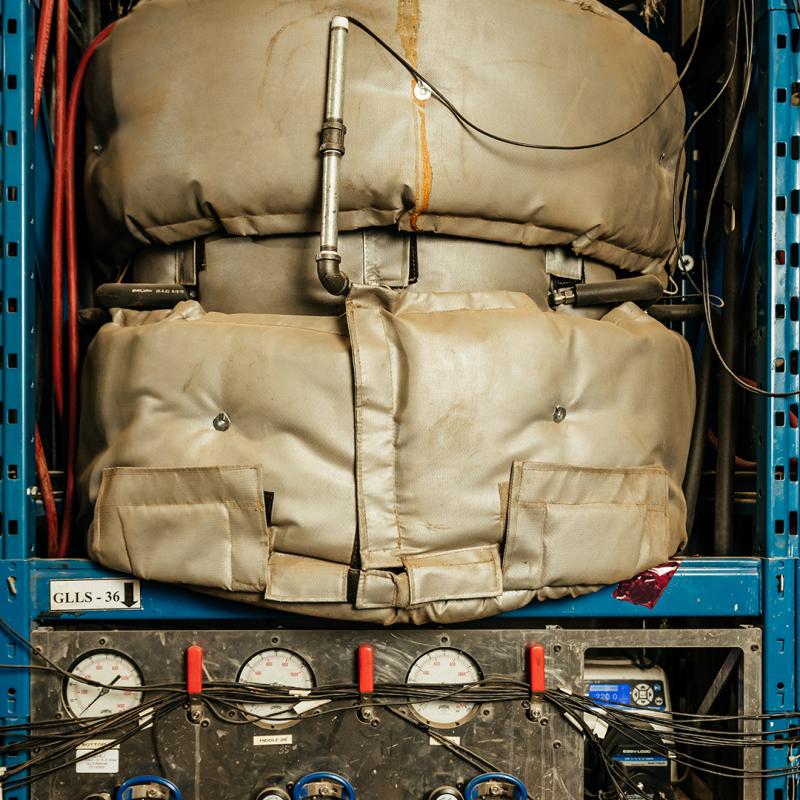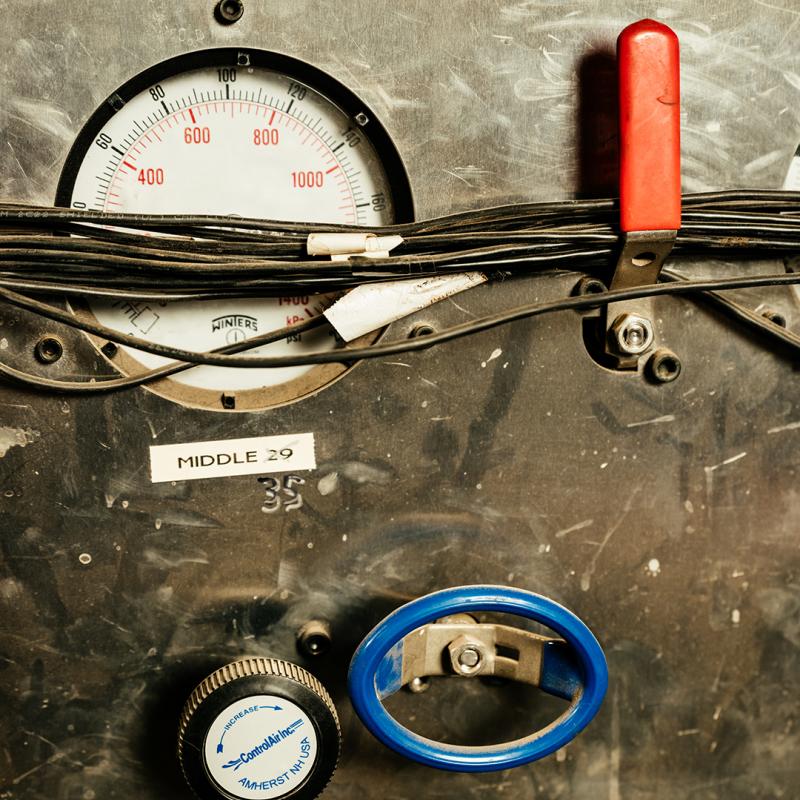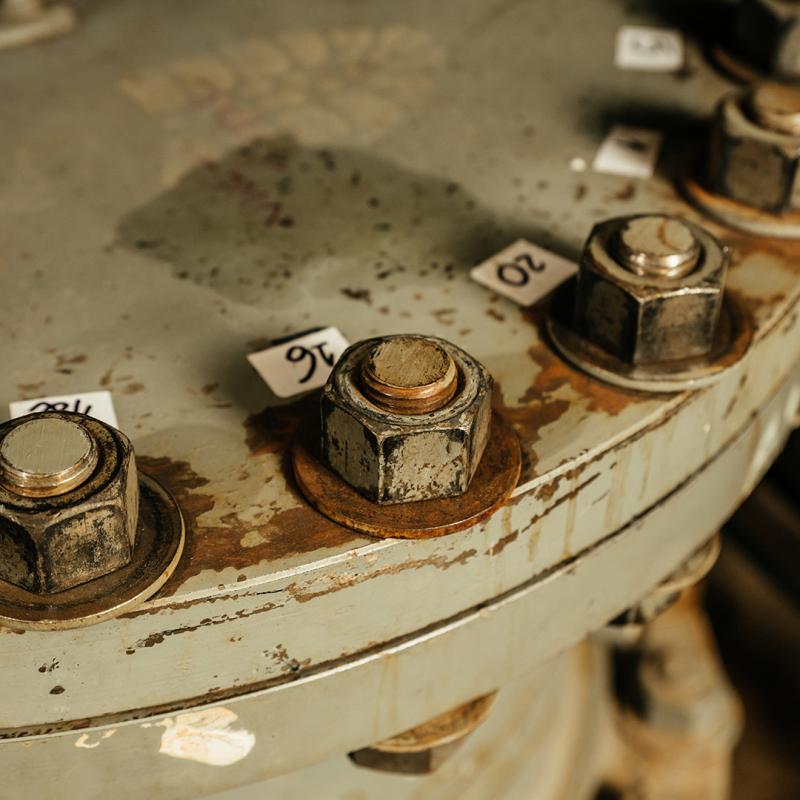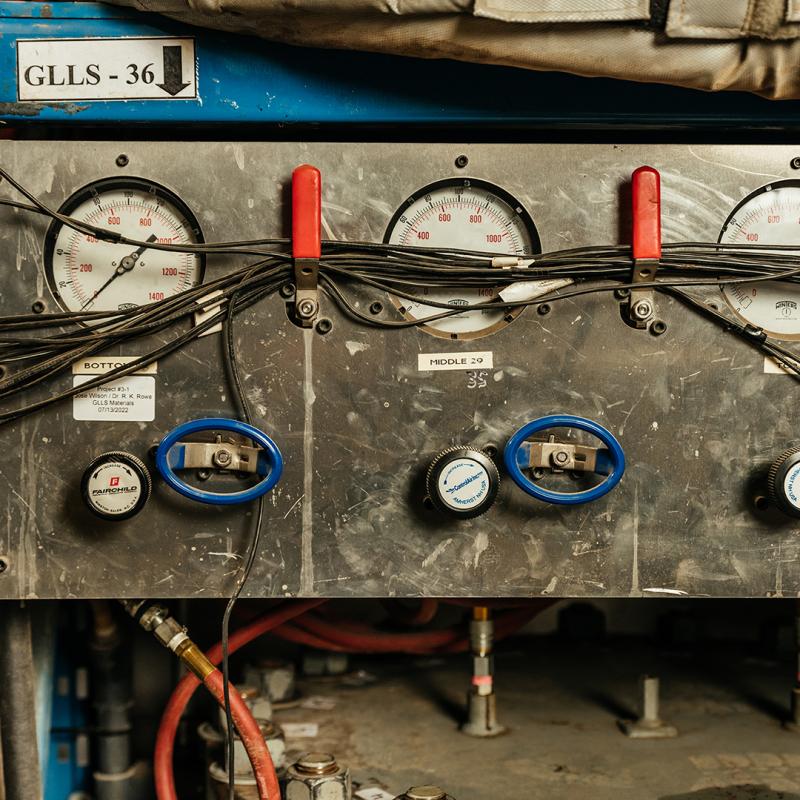Suspend your queasiness for a moment and imagine digging down into a landfill. Tossing aside food wrappers and cookware and carpets and the millions of other items we throw away every week, you eventually hit bottom. And what you find there isn’t a smelly, sloppy mixture of earth and garbage, but a heavy-duty plastic liner that’s meant to prevent harmful chemicals from all that trash leaching into the ground.
The good news is that these liners usually do their job. The bad news is that when they don’t, the result can be catastrophic. One recent example: In 2021, a tear in a liner at a mining facility in Florida led to 800 million litres of wastewater being dumped into Tampa Bay.
So, how do we prevent failures?
Queen’s Civil Engineering Professor Dr. Kerry Rowe has made a career of trying to answer that question, as well as improving liners and other waste contamination systems. He was recently awarded the inaugural Natural Sciences and Engineering Research Council of Canada (NSERC) Donna Strickland Prize for Societal Impact of Natural Sciences and Engineering Research to continue pursuing that work.
The $250,000 grant will go toward a relatively new focus for Dr. Rowe and his research team: liners that can contain a particularly harmful group of man-made chemicals called per- and polyfluoroalkyl substances (PFAS). “This is the new challenge,” says Dr. Rowe. “You can’t incinerate it, and it’s very hard to treat.”
Used in everything from beauty products to dental floss to firefighting foam, PFAS are found in the water, air, and soil. They’re also resistant to typical environmental breakdown and can be toxic. Some researchers have found correlations between high PFAS exposure and kidney cancer, testicular cancer, ulcerative colitis, thyroid disease, pregnancy-induced hypertension, and even high cholesterol.
Dr. Rowe and his team have been looking at PFAS since 2016 and have found that most liners do a good job of preventing PFAS from diffusing through the material.
“That’s the good news; we didn’t know that two years ago,” says Dr. Rowe. “But then we have to ask ourselves, ‘Well, how much can leak out?’ And that’s the next question that we’re looking at – how can we minimize leakage out of new and existing systems?”
To find out, he’s enlisted the help of three industry partners, as well as five grad students at Queen’s, two at the University of Sydney, and one at Monash University in Melbourne, Australia. Some of them are looking at leakage, but others continue to study diffusion. A few are also trying to figure out how PFAS interact with the liners and affect their long-term performance.
The final results probably won’t come for a couple of years, but it’s another fascinating challenge in a career that’s lasted more than 40 years for Dr. Rowe. “Every time there’s a new challenge, I’m attracted to solving it,” he says. “Last century we weren’t even thinking about PFAS. And now as we embark on a whole new adventure with green energy, it’s also going to create some environmental problems that we’ll need to address.”
